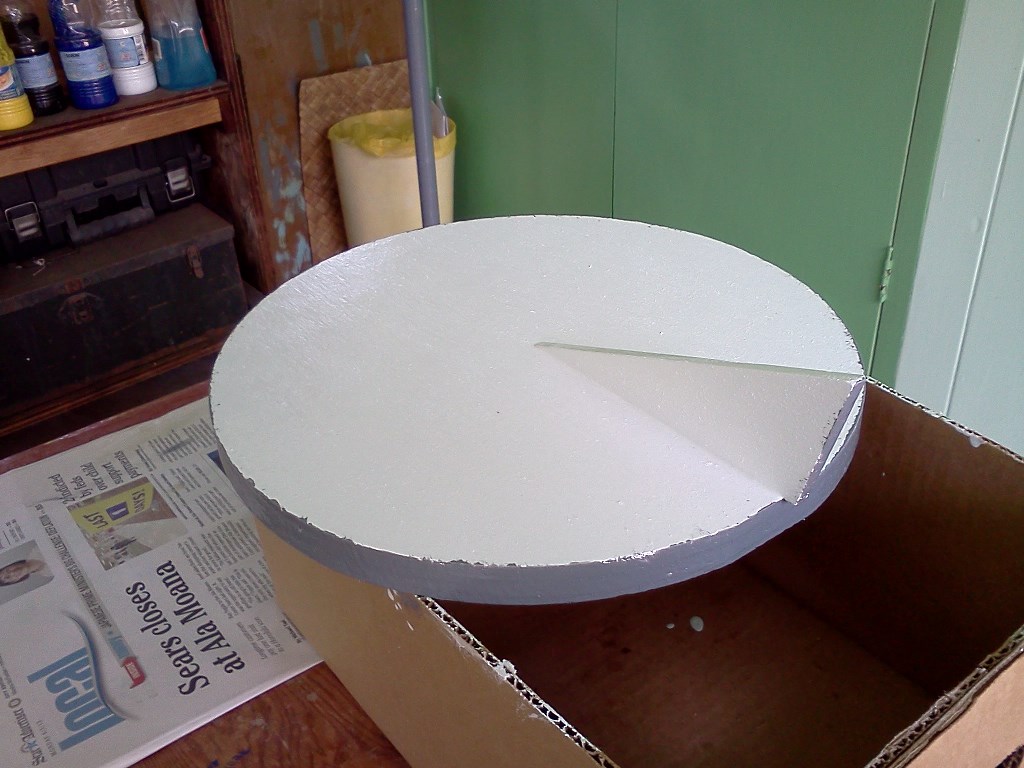
I used a twelve inch diameter 3/4 inch thick circular piece of plywood with a 1/4 inch thick wood gnomon bonded on with
epoxy. The gnomon angle was cut to the latitude here in Honolulu, 21.5 degrees. The assembly was then painted white.
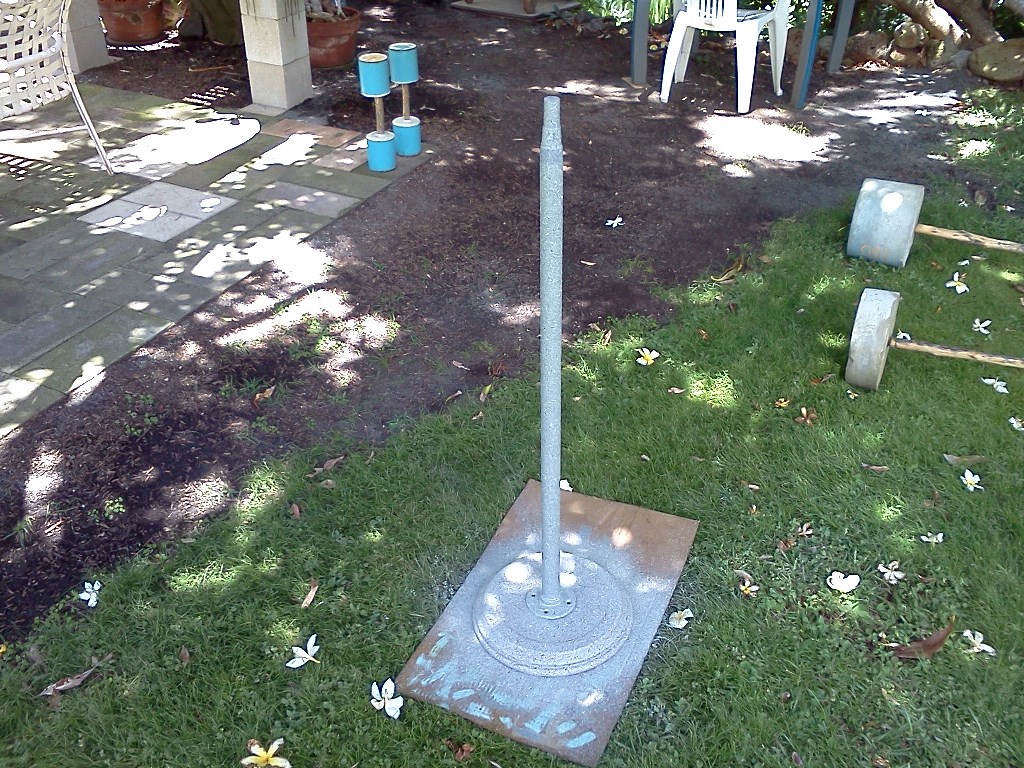
I used a one inch inside diameter galvanized steel water pipe with a four inch flange for the pedestal, painted stone grey.
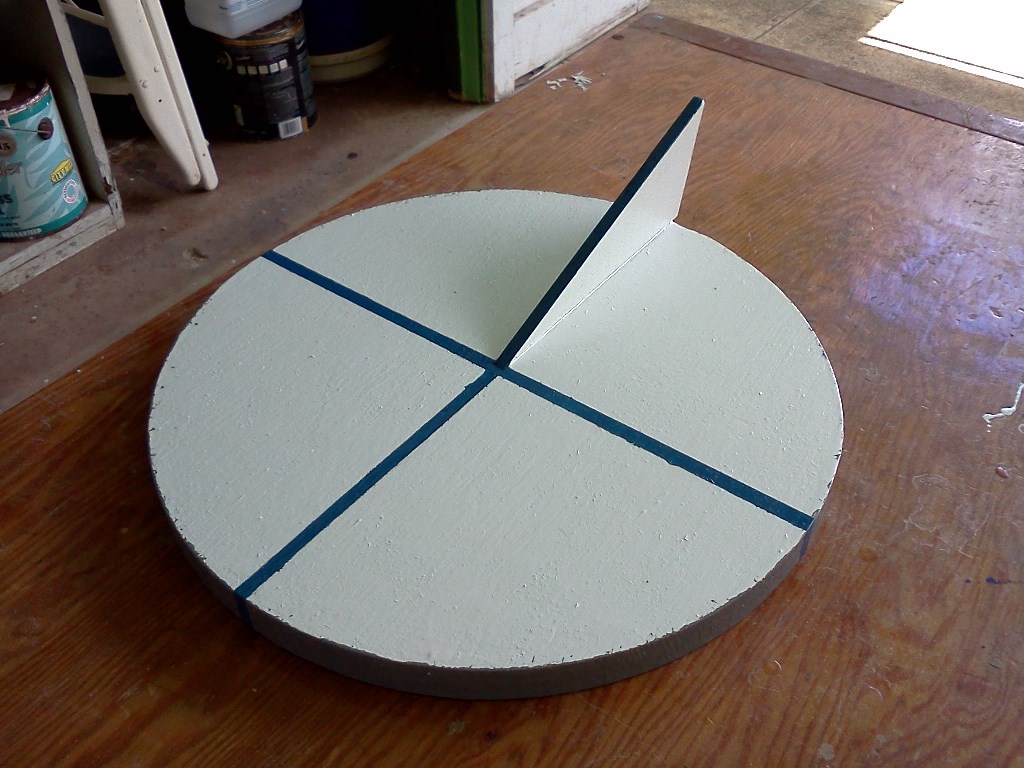
I laid out and masked north-south and east-west lines, and painted them blue.
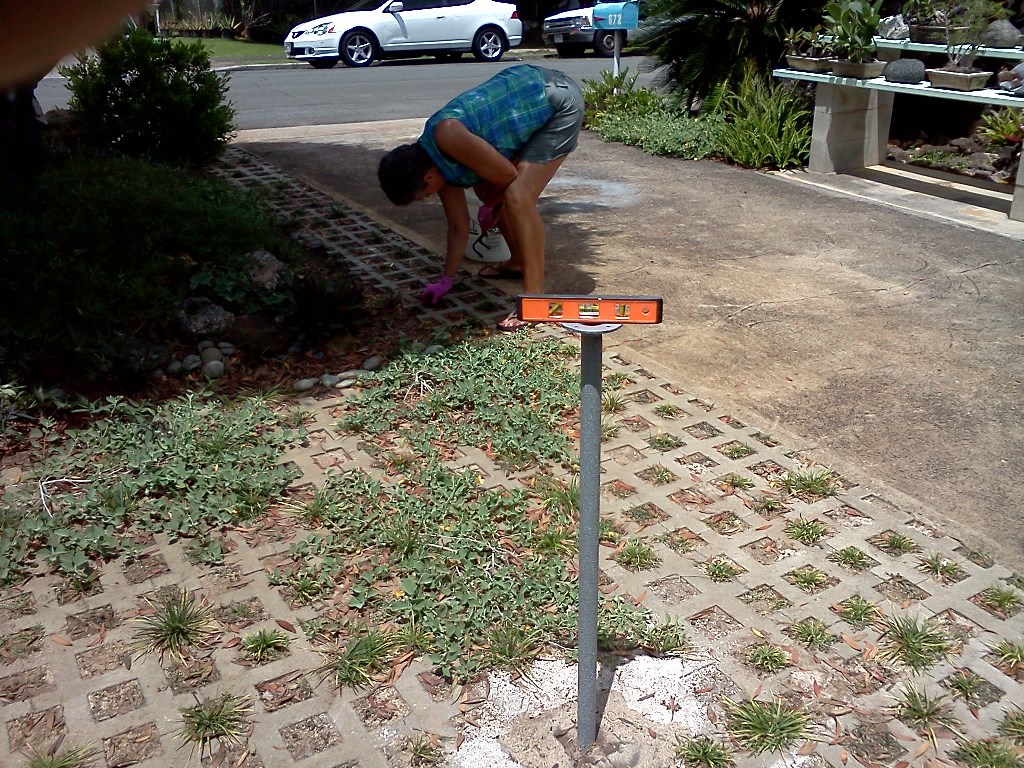
I put the support column in the ground and made sure it was vertical.
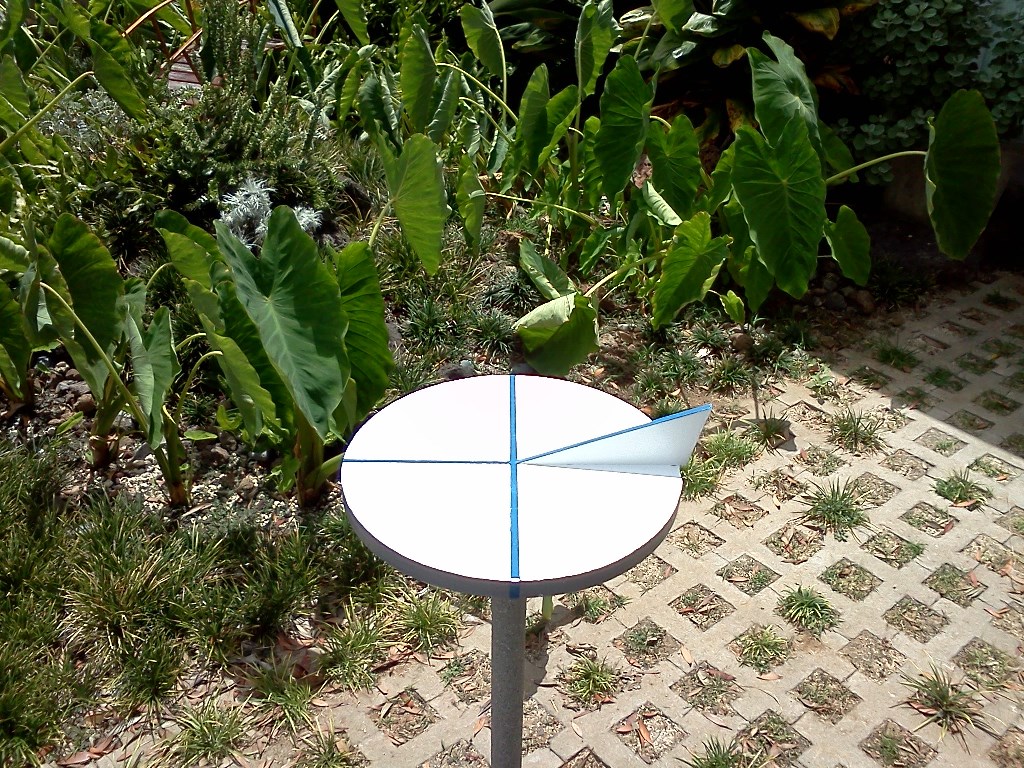
The completed sundial, attached with four #12 flat head wood screws. Looking west. The top edge of the gnomon points to the
north star. The angle is 21.5 degrees (latitude of Honolulu). Hour marks are being added in pencil for later painting.
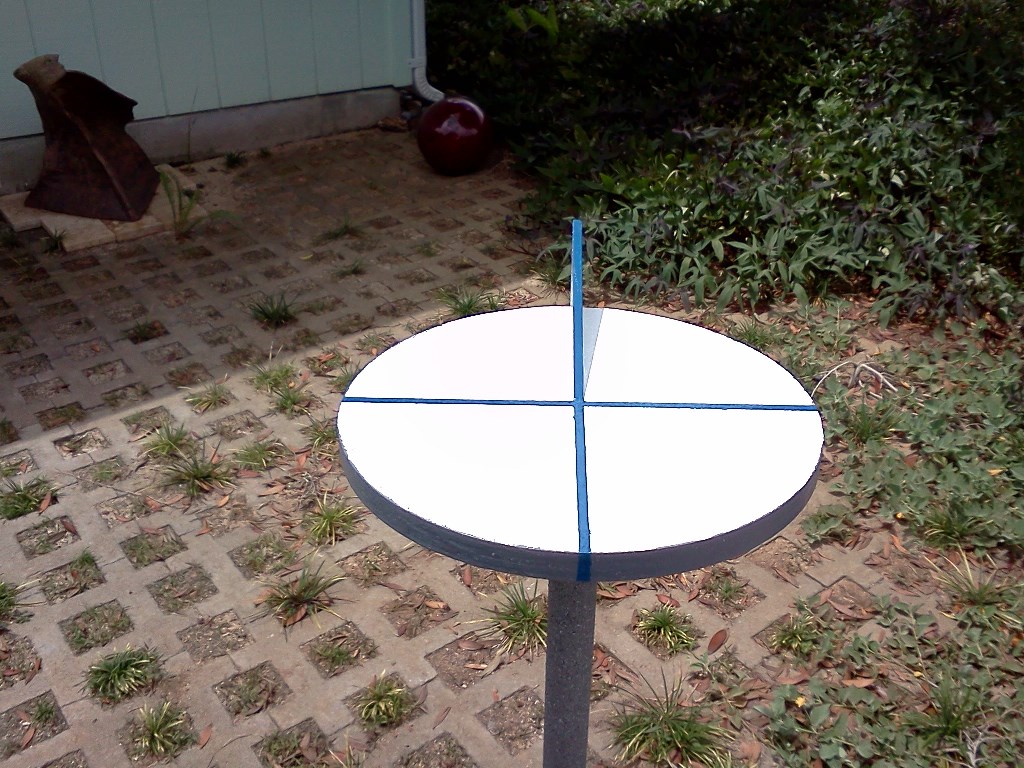
Looking north. The alignment lines make it easier to install. I pointed the east-west line toward a feature of the house
that I had established as true east-west.
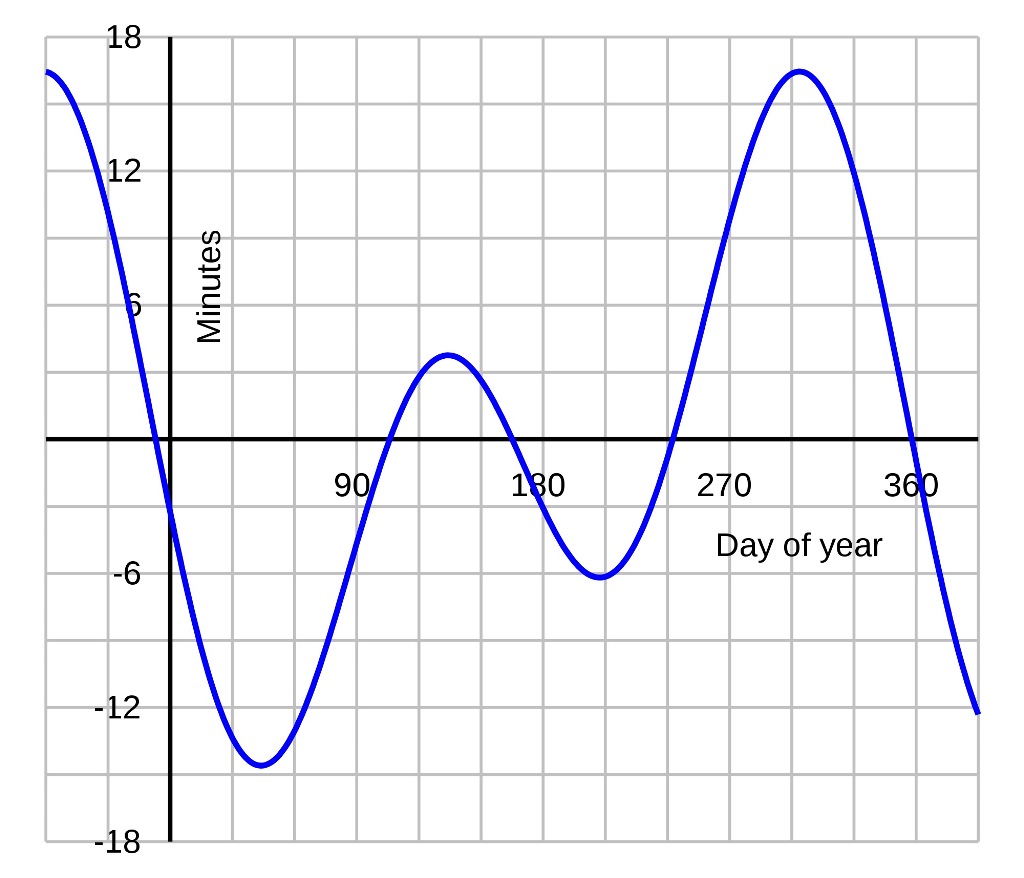
Time correction needed because the Earth's orbit about the sun is not circular and due to the tilt of the earth's axis of
of rotation with respect to the ecliptic. Click on the image to see the full size png file from
Wikipedia's sundial article.
Positive numbers mean the sundial time will appear to be faster.
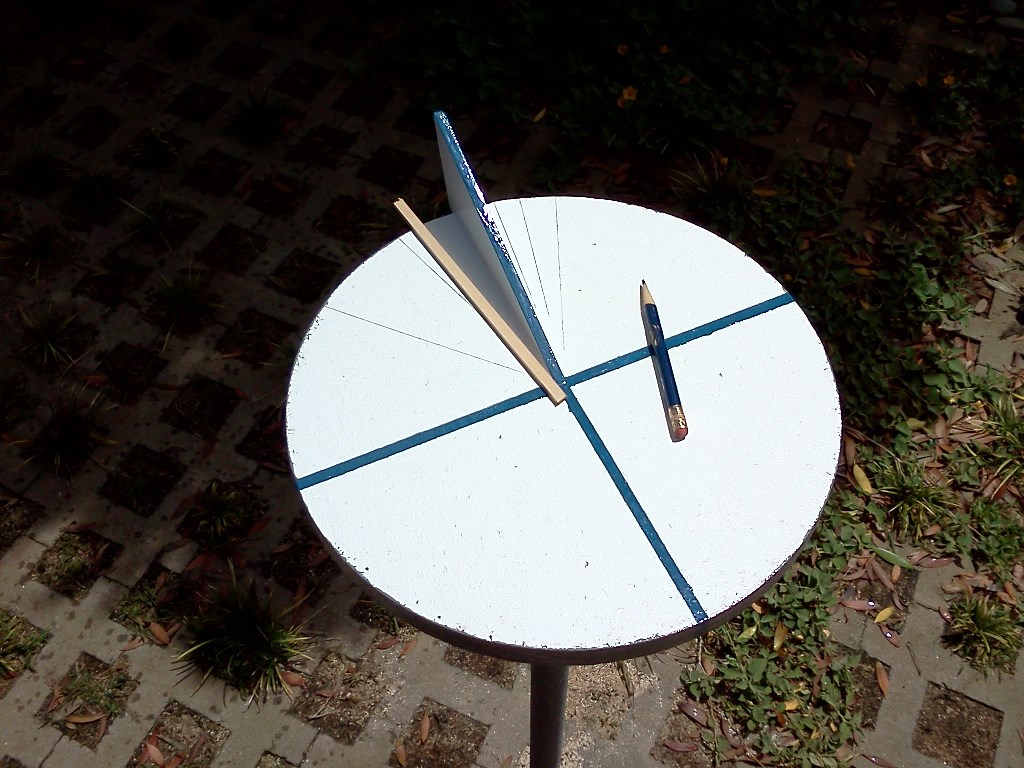
I finished scribing the hour marks with pencil.
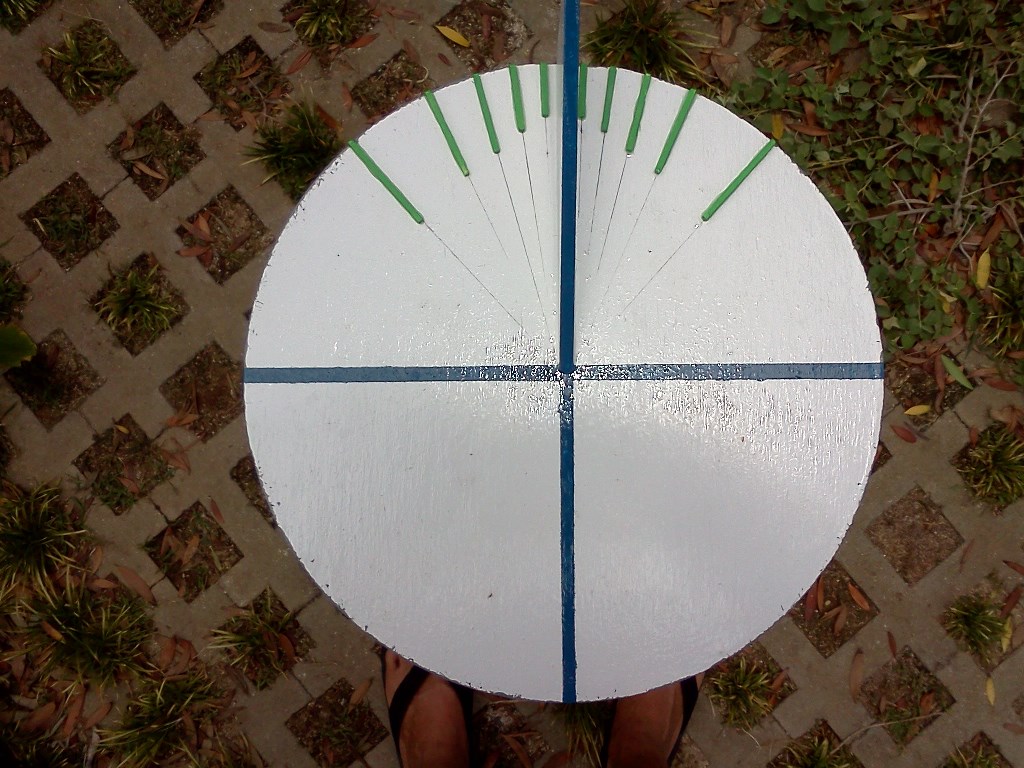
Then I put down green painted eighth inch square sticks to mark the hours, applied with clear epoxy.
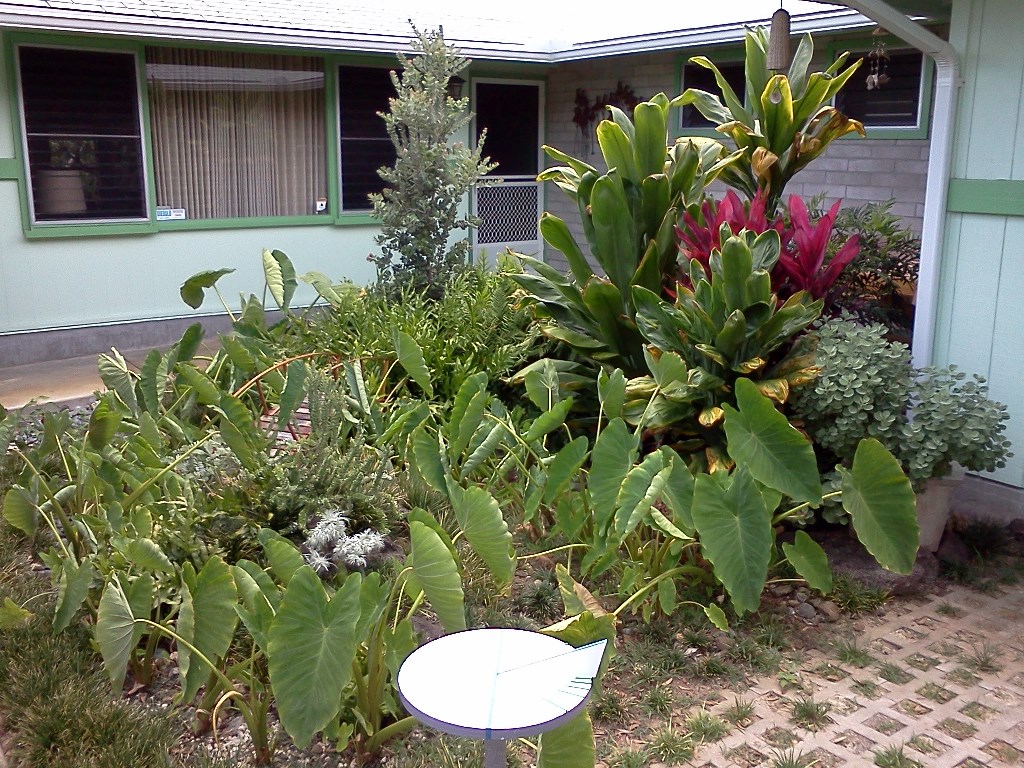
The completed sundial is at the entryway to the house.
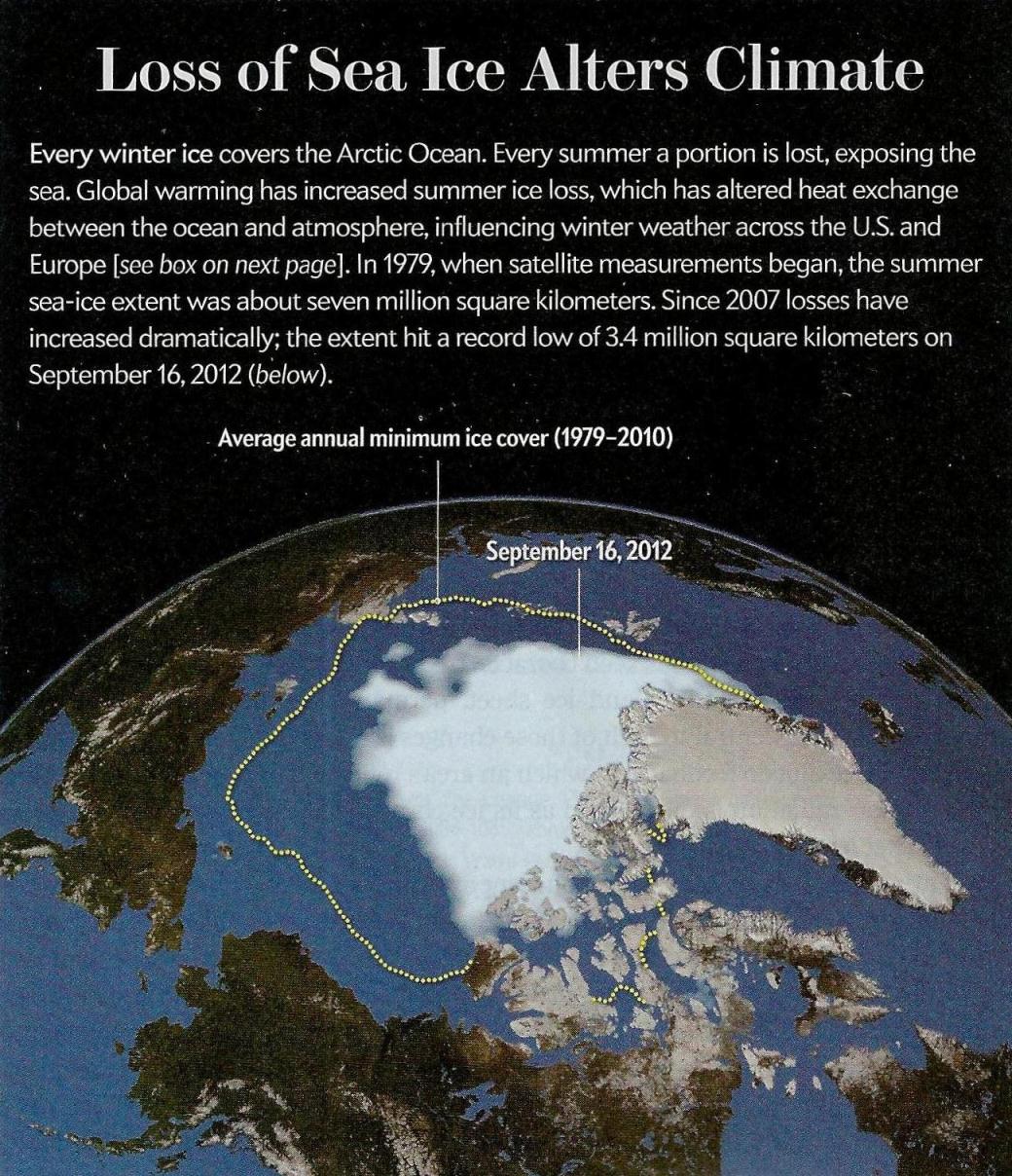
 Email Richard dot J dot Wagner at gmail dot com
Email Richard dot J dot Wagner at gmail dot com